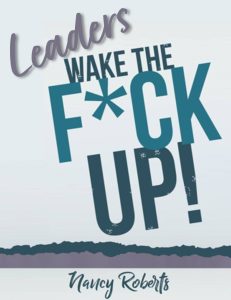 While meetings might seem like a somewhat banal topic, I was recently approached by a national trade association to write an article for their magazine on the topic of meetings. Namely, how to conduct them so they are more efficient, productive and a better use of our time.
While meetings might seem like a somewhat banal topic, I was recently approached by a national trade association to write an article for their magazine on the topic of meetings. Namely, how to conduct them so they are more efficient, productive and a better use of our time.
As I was thinking about how to approach the topic, I happened to have a coaching session with a client. He mentioned the regular meetings he has with his managers and how he felt they were becoming increasingly ineffective. “I feel like I’m sucking the soul out of them.” If this is how the VP feels, just imagine how his managers are feeling.
Even more than the time we spend (rough estimates have us in meetings one-third to one-half of our time at work) consider the impact ineffective meetings have on our employees.
Want to know how the feel? The most common response when a meeting is cancelled…
“Good, now I can get some actual work done!”
See the problem? We’re spending a good chunk of our days in an activity that leads to frustration, discouragement and overwhelm. If you are focused on creating programs and initiatives to increase employee “engagement,” consider starting with improving the quality of your meetings.
One resource that can help is a book by Patrick Lencioni (author of The 5 Dysfunctions of Team) called Death by Meeting. Described as “a blueprint for leaders who want to eliminate waste and frustration among their teams, and create environments of engagement and passion,” it is a deeper dive than what is contained in this series of articles.
Or if you’d like to bring training to your leaders on how to conduct better meetings, feel free to reach out to me here.
Your employees will thank you!
~The DISC Wizard





